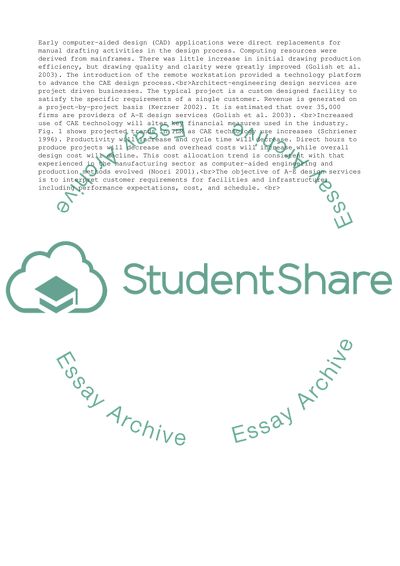Cite this document
(“Innovative Organisations Research Paper Example | Topics and Well Written Essays - 2750 words”, n.d.)
Innovative Organisations Research Paper Example | Topics and Well Written Essays - 2750 words. Retrieved from https://studentshare.org/management/1552984-innovative-organisations
Innovative Organisations Research Paper Example | Topics and Well Written Essays - 2750 words. Retrieved from https://studentshare.org/management/1552984-innovative-organisations
(Innovative Organisations Research Paper Example | Topics and Well Written Essays - 2750 Words)
Innovative Organisations Research Paper Example | Topics and Well Written Essays - 2750 Words. https://studentshare.org/management/1552984-innovative-organisations.
Innovative Organisations Research Paper Example | Topics and Well Written Essays - 2750 Words. https://studentshare.org/management/1552984-innovative-organisations.
“Innovative Organisations Research Paper Example | Topics and Well Written Essays - 2750 Words”, n.d. https://studentshare.org/management/1552984-innovative-organisations.


